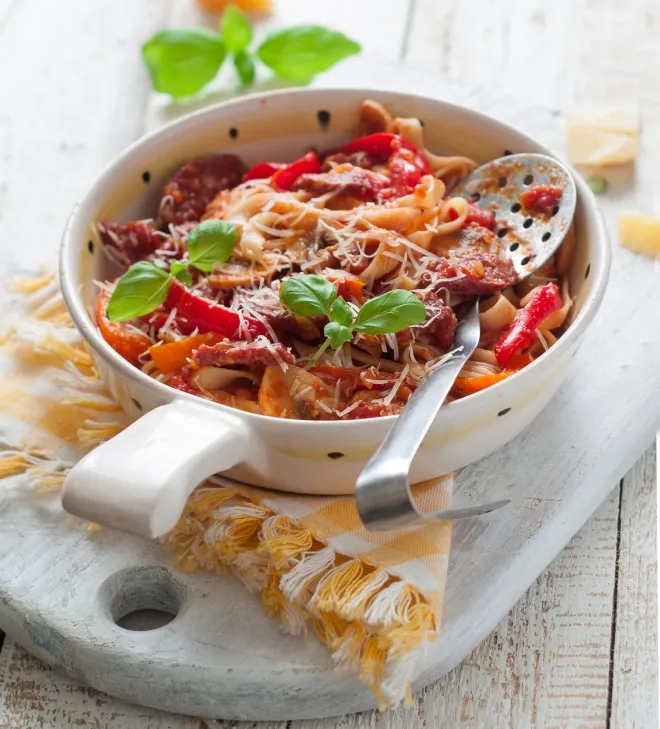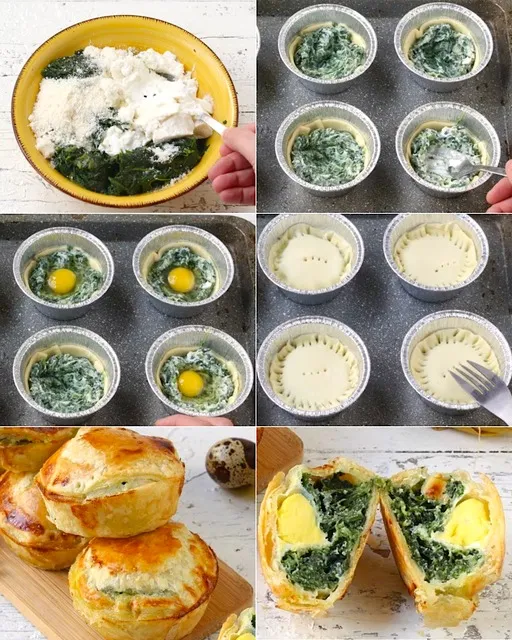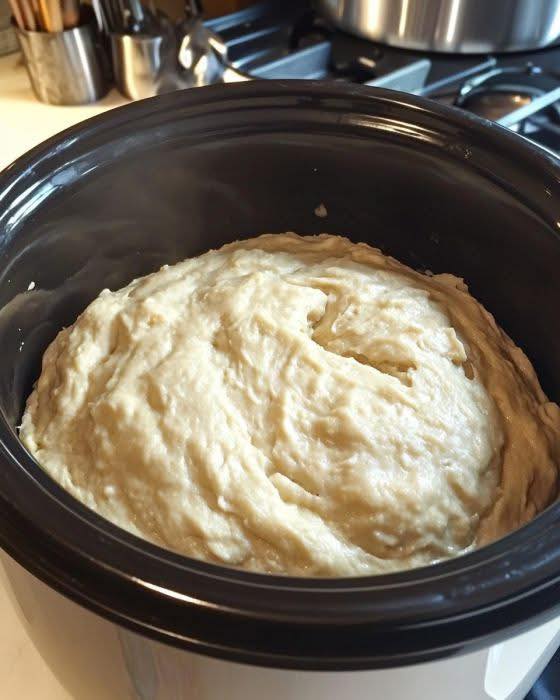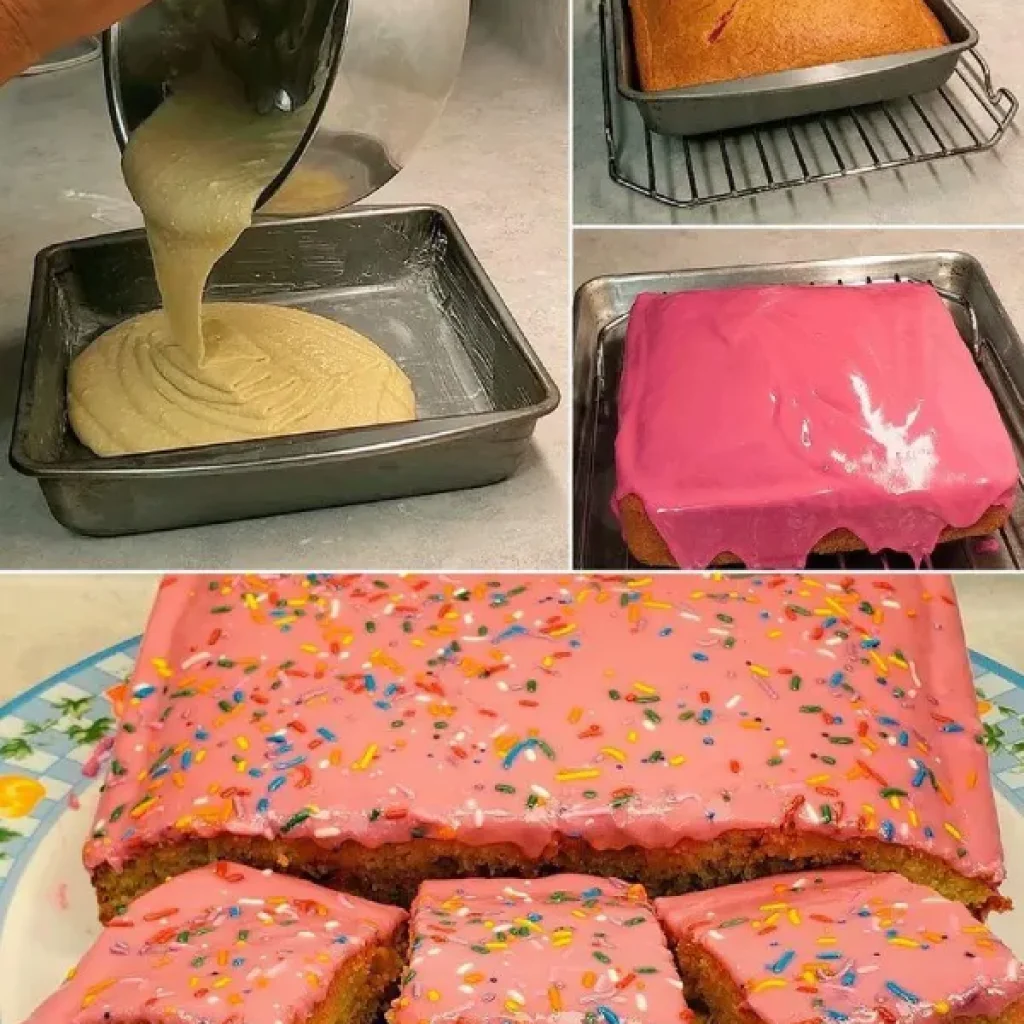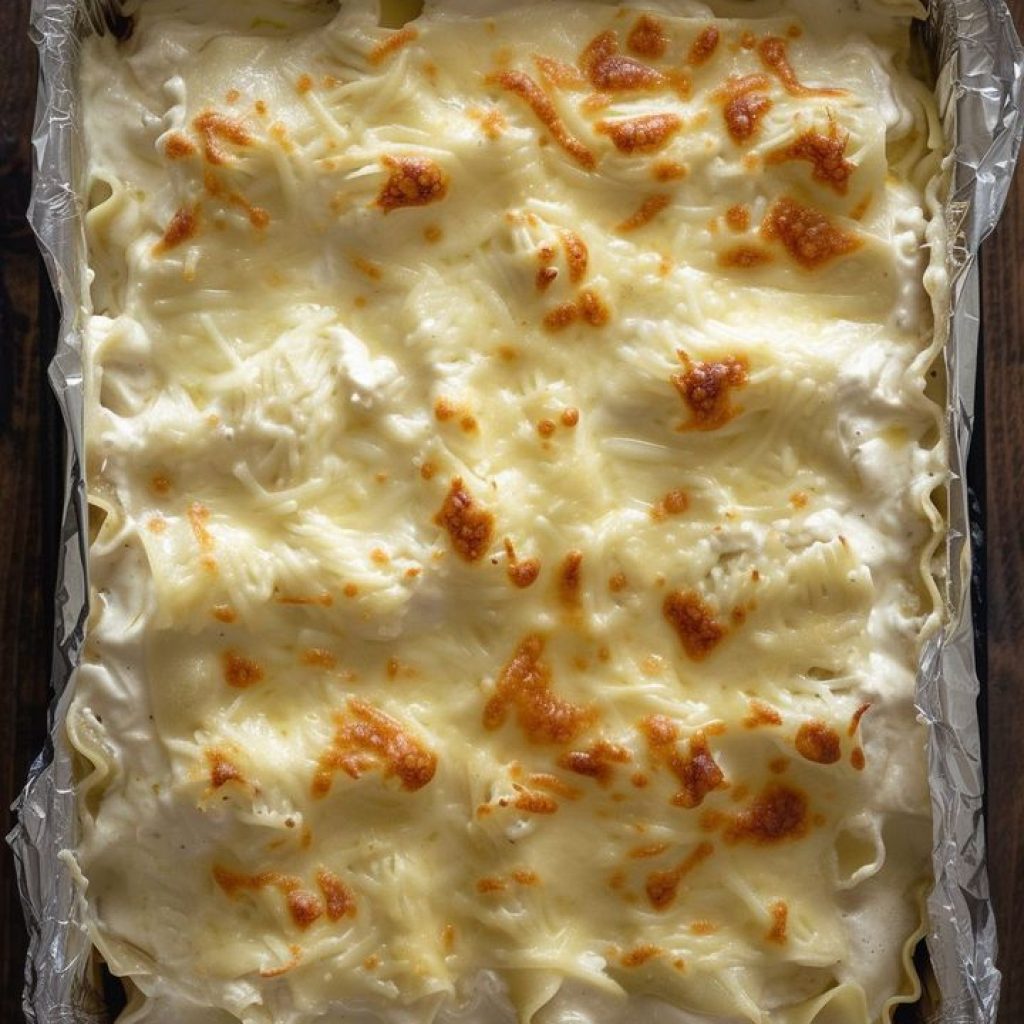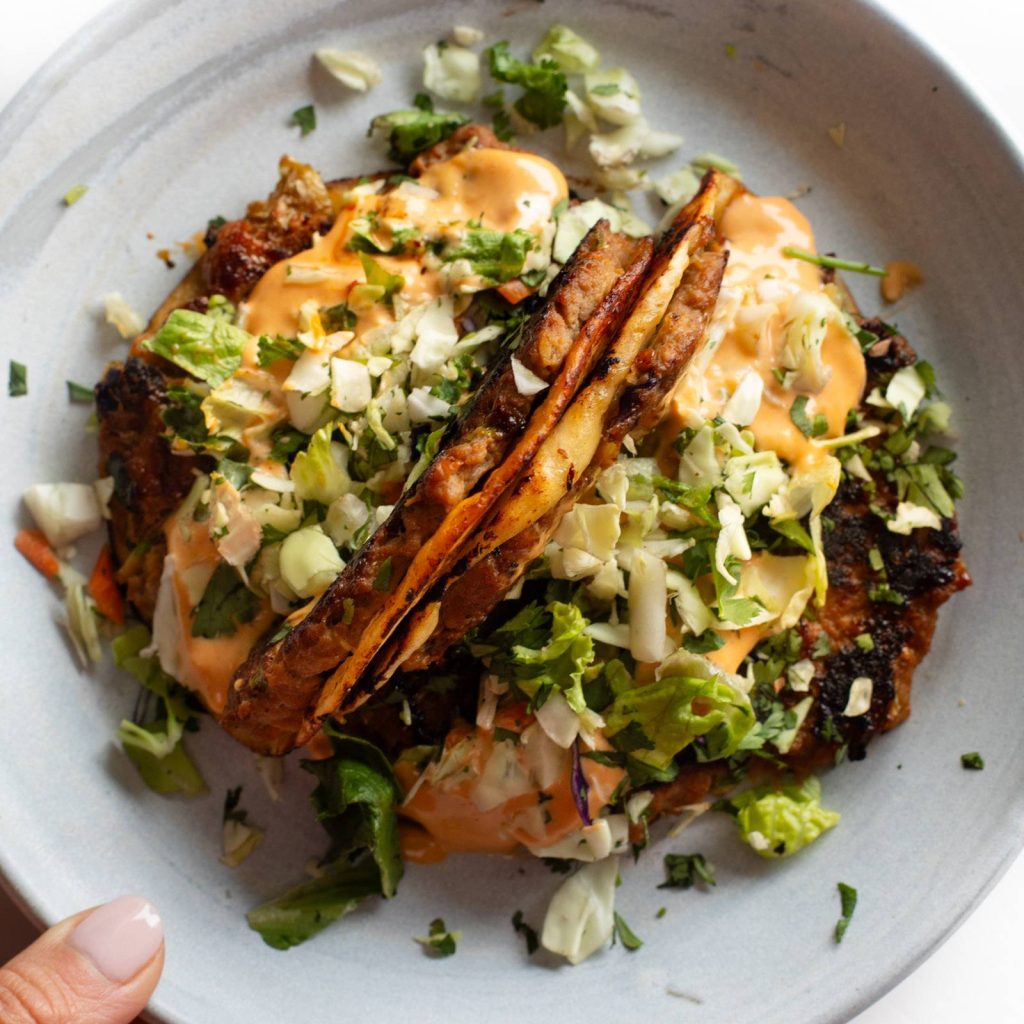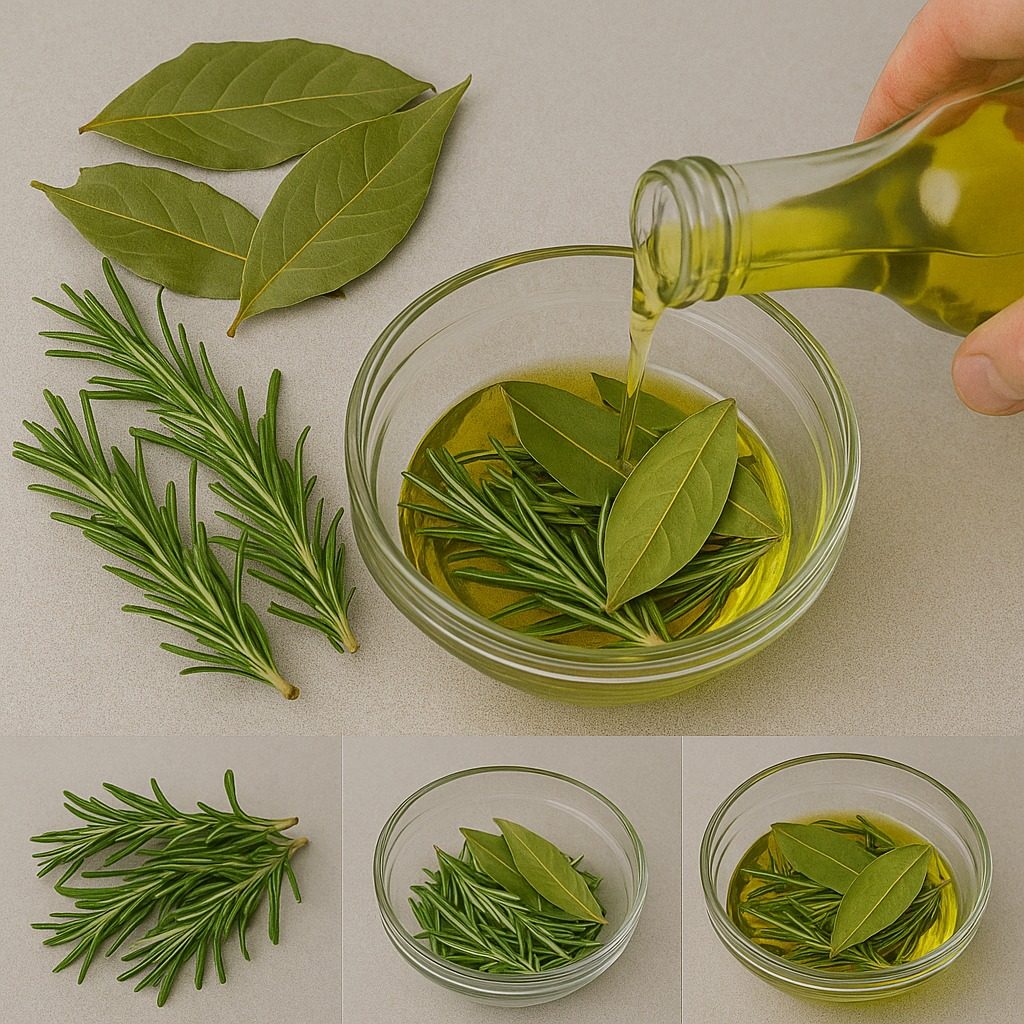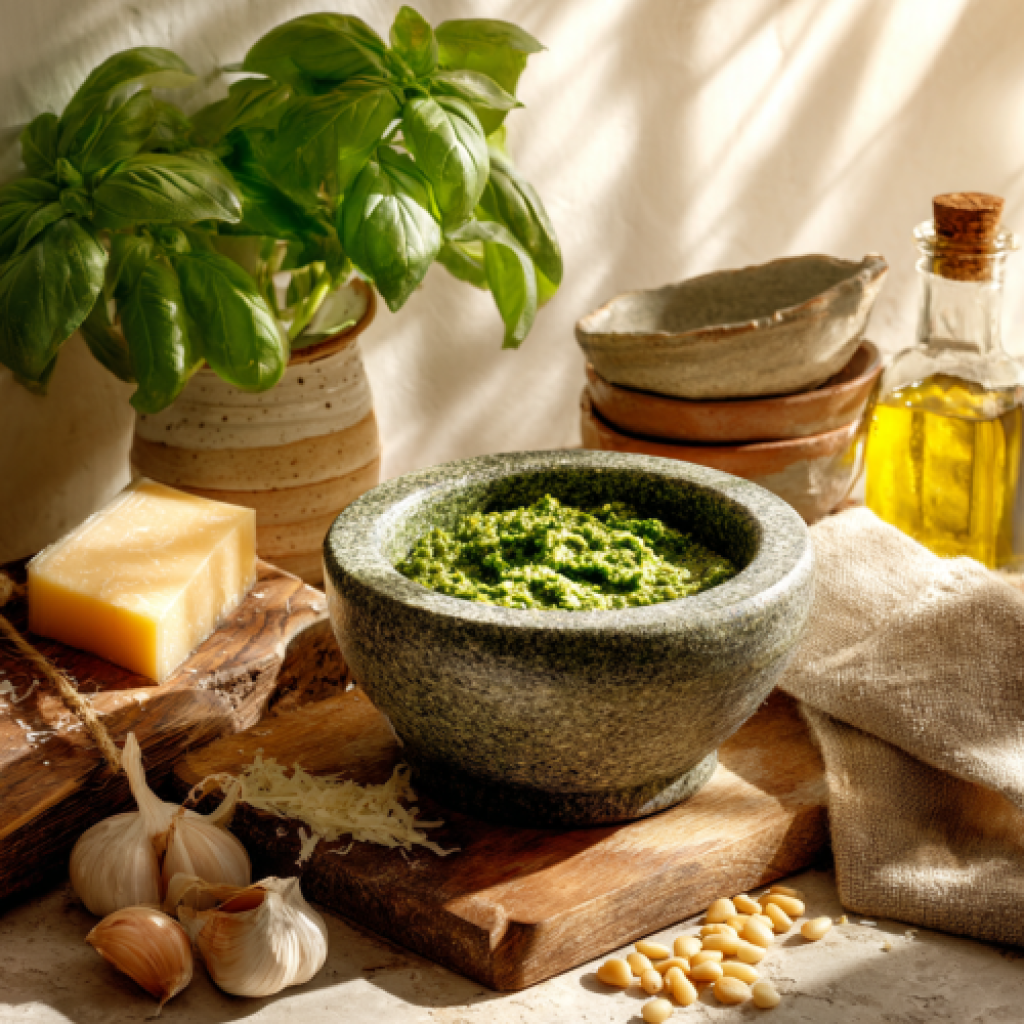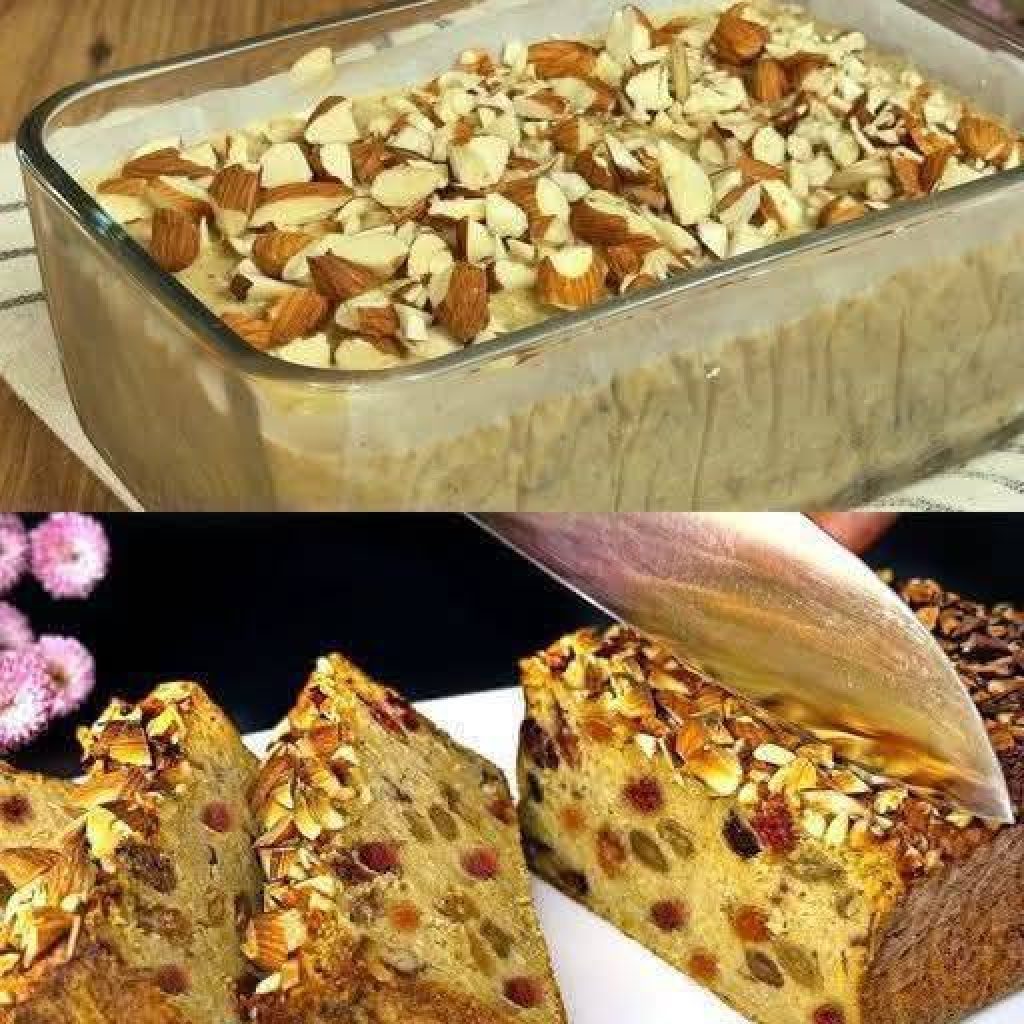- Let the dough rest
Wrap the dough in plastic wrap or a clean cloth and let it rest for 30 minutes. This helps the gluten relax and makes it easier to work with the pasta. - Roll out the dough
Once rested, place the dough on a floured surface. Use a rolling pin to roll it out as thin as possible. Alternatively, use a pasta machine to get an even, thin sheet. - Cut the pasta
After rolling out the dough, cut it into the desired shapes:
- Tagliatelle: Roll the dough and cut into thin strips.
- Fettuccine: Cut wider strips for a thicker pasta.
- Pappardelle: Cut very wide strips for a hearty pasta.
- Ravioli: Cut the dough into squares and fill with your preferred filling.
If you have a pasta machine, you can also use it to cut the pasta evenly.
- Cook the pasta
Bring a pot of salted water to a boil. Add the fresh pasta and cook for 2–4 minutes depending on thickness. Fresh pasta cooks much faster than dried pasta.
Once al dente, drain and serve with your favorite sauce!
Sauce suggestions:
Fresh pasta pairs wonderfully with simple sauces like butter and sage, Genoese pesto, or tomato sauce.
For filled pasta like ravioli, fillings can include ricotta and spinach, meat, or mushrooms.
Fresh pasta variations:
- Egg pasta: The recipe above is the classic egg pasta base. You can add spinach, carrot, or beetroot to the dough for color and flavor variations.
- Egg-free pasta: Use just flour and water (about 100 g flour per 50 ml water).
What you can make with fresh pasta:
- Lasagna
- Ravioli
- Fettuccine
- Pappardelle
- Gnocchi (if using potatoes as well)
Making pasta at home might seem a bit laborious, but the final result is worth every minute! Have fun and enjoy your meal! 😋
See more on the next page.


